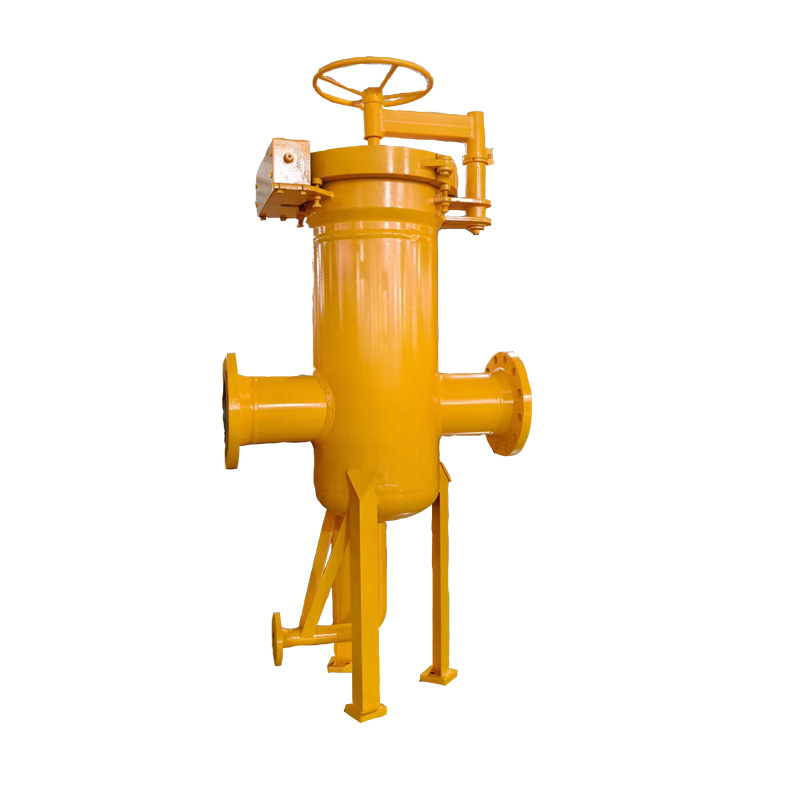
8 月 . 21, 2024 19:20
Back to list
Natural Gas Pressure Regulation System Overview and Applications
Natural Gas Pressure Regulation Systems An Overview
Natural gas is a vital energy source that powers homes, industries, and transportation systems worldwide. However, the effective use of this energy source hinges significantly on proper pressure regulation, which ensures the gas is delivered safely and efficiently to end users. Pressure regulation systems play a crucial role in maintaining the desired pressure levels within the natural gas supply chain.
.
A typical pressure regulation system consists of a series of components, including pressure regulators, relief valves, and monitoring devices. The pressure regulator is the heart of the system. It automatically adjusts the flow of gas to maintain a consistent output pressure, despite fluctuations in input pressure. This is vital because the pressure of natural gas can vary significantly throughout the distribution network due to factors like temperature changes, demand fluctuations, and physical changes in the gas supply.
منظم ضغط الغاز الطبيعي

Relief valves serve as safety devices designed to release gas in the event that pressure levels exceed predetermined limits. By doing so, these valves prevent potential overpressure situations that could lead to catastrophic failures. Monitoring devices, which often include pressure gauges and flow meters, enable operators to track the performance of the regulation system, ensuring it functions effectively and allows for quick responses in case of abnormal conditions.
The design and implementation of natural gas pressure regulation systems must comply with strict industry standards and regulations. Organizations such as the American Society of Mechanical Engineers (ASME) and the American National Standards Institute (ANSI) set forth guidelines that ensure the integrity and safety of pressure regulation equipment. Additionally, advancements in technology have led to the development of more sophisticated monitoring and control systems, including the use of automated solutions and smart sensors. These innovations enhance the efficiency of gas distribution systems while minimizing the risk of human error.
Moreover, the integration of renewable energy into gas systems has spurred interest in pressure regulation technologies. With an increasing focus on sustainability, hybrid systems that combine natural gas with renewable energy sources need adaptable pressure regulation. Such systems require flexible designs that can accommodate varying inputs and outputs while maintaining safety and efficiency.
In conclusion, natural gas pressure regulation systems are essential for the safe and efficient distribution of natural gas. They protect users and infrastructure while ensuring that natural gas can be utilized effectively. As technology continues to evolve and the push for sustainable energy grows, pressure regulation systems will play an increasingly vital role in energy management and distribution. Continued innovation in this field will not only enhance the safety and reliability of natural gas supplies but also support the broader transition to a more sustainable energy future.
Latest news
-
Unlocking The Quality Gas Pressure ReducersNewsNov.01,2024
-
The Role of Gas Pressure Reducing StationsNewsNov.01,2024
-
The Importance and Functionality of Safety Relief ValvesNewsNov.01,2024
-
The Essential Role of Safety Valves in Natural Gas ApplicationsNewsNov.01,2024
-
The Essential Role of Gas Pressure RegulatorsNewsNov.01,2024
-
Enhance Your Premium Gas FiltersNewsNov.01,2024

